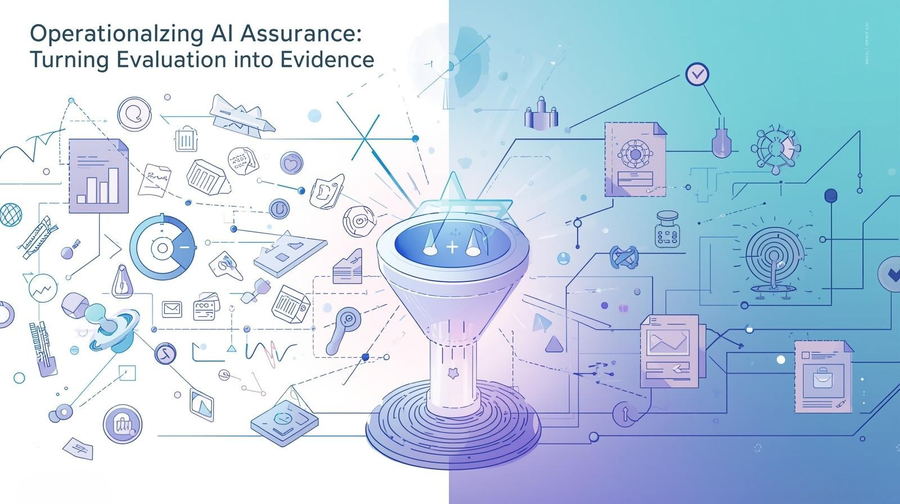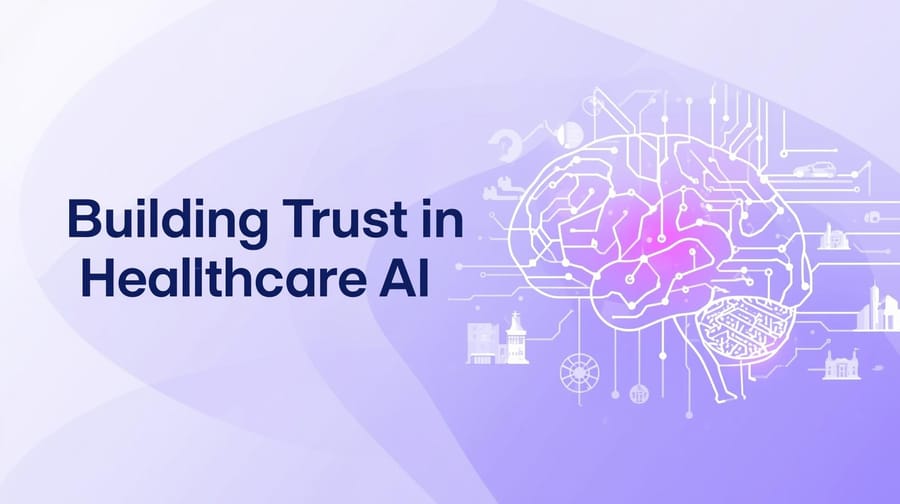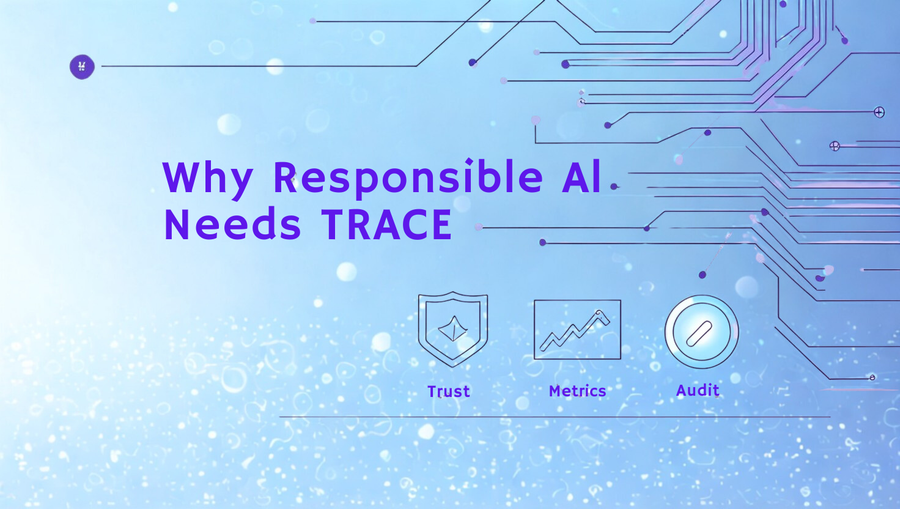AI Governance: Why Enterprises Need Ethics Boards
AI is no longer a futuristic concept—it’s making real-world decisions in finance, healthcare, HR, and even criminal justice. But with the power of AI comes ethical dilemmas: Are AI-driven decisions fair? Are they biased? Do they align with company values and regulatory requirements?
As AI regulations like the EU AI Act, NIST AI RMF, and ISO 42001 take shape, enterprises must move beyond compliance and build AI governance frameworks that prioritize ethics. One key strategy? AI Ethics Boards—cross-functional committees responsible for overseeing responsible AI development and deployment.
This article explores why enterprises need AI Ethics Boards, how to structure them effectively, and best practices for ensuring AI remains ethical, accountable, and transparent.
1. Why AI Ethics Boards Matter
The Growing Need for AI Oversight
🔹 Bias & Discrimination Risks – AI-driven hiring tools have been found to favor male candidates, and facial recognition AI has higher error rates for darker skin tones.
🔹 Regulatory Compliance – The EU AI Act mandates human oversight for high-risk AI applications, and NIST AI RMF highlights ethical AI as a best practice.
🔹 Reputation & Trust – Unethical AI decisions can lead to customer distrust, legal issues, and reputational damage.
Real-World Example: The Fallout of AI Without Oversight
✅ Amazon’s Hiring AI Scandal – Amazon scrapped its AI hiring tool after discovering it was biased against women, reinforcing the need for human oversight in AI decision-making.
✅ Healthcare AI Bias – A study found that an AI model used to prioritize patient care was less likely to recommend Black patients for advanced treatment, highlighting the dangers of unregulated AI decision-making.
Without a dedicated AI Ethics Board, enterprises risk deploying flawed AI systems that can cause financial, reputational, and legal harm.
2. Structuring an Effective AI Ethics Board
Who Should Be on the AI Ethics Board?
A well-rounded AI Ethics Board should include a mix of technical, legal, and business experts:
👨💻 AI & Data Scientists – Ensure technical feasibility and risk assessment.
⚖️ Legal & Compliance Officers – Align AI practices with regulations like GDPR, CCPA, and the EU AI Act.
📊 Business & Strategy Leaders – Align AI initiatives with organizational goals.
🛡 Risk & Cybersecurity Experts – Identify potential AI security threats.
👥 Ethics & DEI (Diversity, Equity, Inclusion) Specialists – Address bias and fairness concerns.
🔹 Example: Microsoft’s AI Ethics Committee includes lawyers, engineers, and social scientists, ensuring a holistic approach to AI governance.
Key Responsibilities of an AI Ethics Board
✅ AI Risk Assessment – Identify potential ethical, security, and compliance risks.
✅ Bias Audits & Fairness Testing – Conduct regular AI audits to detect discrimination.
✅ Regulatory Compliance Oversight – Ensure AI aligns with GDPR, NIST AI RMF, and ISO 42001.
✅ AI Decision Transparency – Establish processes for explainable AI (XAI) and human oversight.
✅ Incident Response & Ethical Escalations – Handle AI-related complaints or breaches proactively.
3. Best Practices for Implementing an AI Ethics Board
1. Define Clear AI Ethics Guidelines
Develop AI ethical principles that align with company values and industry standards. These may include:
- Fairness & Bias Mitigation – AI decisions should be free from discrimination.
- Transparency & Explainability – AI outcomes must be interpretable.
- Data Privacy & Security – Ensure compliance with global data protection laws.
- Accountability & Oversight – Human review is essential for high-risk AI applications.
🔹 Example: Google’s AI Principles emphasize fairness, transparency, and privacy in all AI deployments.
2. Conduct Regular AI Audits
AI models should be audited regularly to ensure ethical compliance.
- Bias Audits: Test AI outputs for unintended discrimination.
- Security Audits: Identify vulnerabilities in AI-driven cybersecurity models.
- Performance Monitoring: Track AI drift and inaccuracies over time.
🔹 Example: Financial institutions like JPMorgan conduct quarterly AI bias audits to prevent discriminatory lending practices.
3. Establish AI Governance Workflows
- Ethics Review Before Deployment – Require an AI Ethics Board sign-off before launching new AI applications.
- Incident Reporting System – Enable employees and customers to flag unethical AI behavior.
- AI Risk Categorization – Classify AI projects as low, medium, or high risk based on their societal impact.
🔹 Example: The EU AI Act mandates higher transparency for high-risk AI, making governance workflows critical for compliance.
4. Encourage Cross-Department Collaboration
AI governance shouldn’t be siloed—engage multiple departments to ensure AI decisions are ethical and business-aligned.
- IT & Data Science Teams: Ensure technical feasibility and responsible data usage.
- Legal & Compliance Teams: Review AI policies against emerging regulations.
- HR & DEI Teams: Address AI-driven bias in hiring and employee evaluations.
🔹 Example: IBM’s AI Ethics Board collaborates across HR, legal, and tech teams to ensure AI hiring tools are bias-free.
5. Provide AI Ethics Training for Employees
AI ethics isn’t just for executives—train employees at all levels to understand AI risks and governance principles.
- AI Ethics Workshops – Educate teams on responsible AI practices.
- Bias Awareness Training – Help employees identify potential AI discrimination.
- Incident Handling Training – Guide staff on reporting AI-related ethical concerns.
🔹 Example: Facebook requires engineers to complete AI fairness training before deploying machine learning models.
4. The Future of AI Ethics & Governance
The role of AI Ethics Boards will continue to expand as AI regulations tighten and consumer demand for ethical AI grows.
🔹 Emerging Trends in AI Ethics Governance:
- AI Certifications – ISO 42001 will set global AI governance standards.
- Stronger Legal Penalties – The EU AI Act will impose hefty fines for unethical AI.
- Automated AI Governance – AI-driven tools will automate compliance monitoring.
- AI Ethics Impact Reports – Companies may be required to publish AI accountability reports.
Final Thoughts: AI Ethics Boards Are Essential for Trustworthy AI
AI has the power to drive innovation—but without strong ethical governance, it can also cause harm. Enterprises must implement AI Ethics Boards to ensure AI remains fair, transparent, and aligned with human values.
By proactively establishing AI oversight structures, businesses can comply with global regulations, reduce AI risks, and build public trust in AI-driven decision-making.






